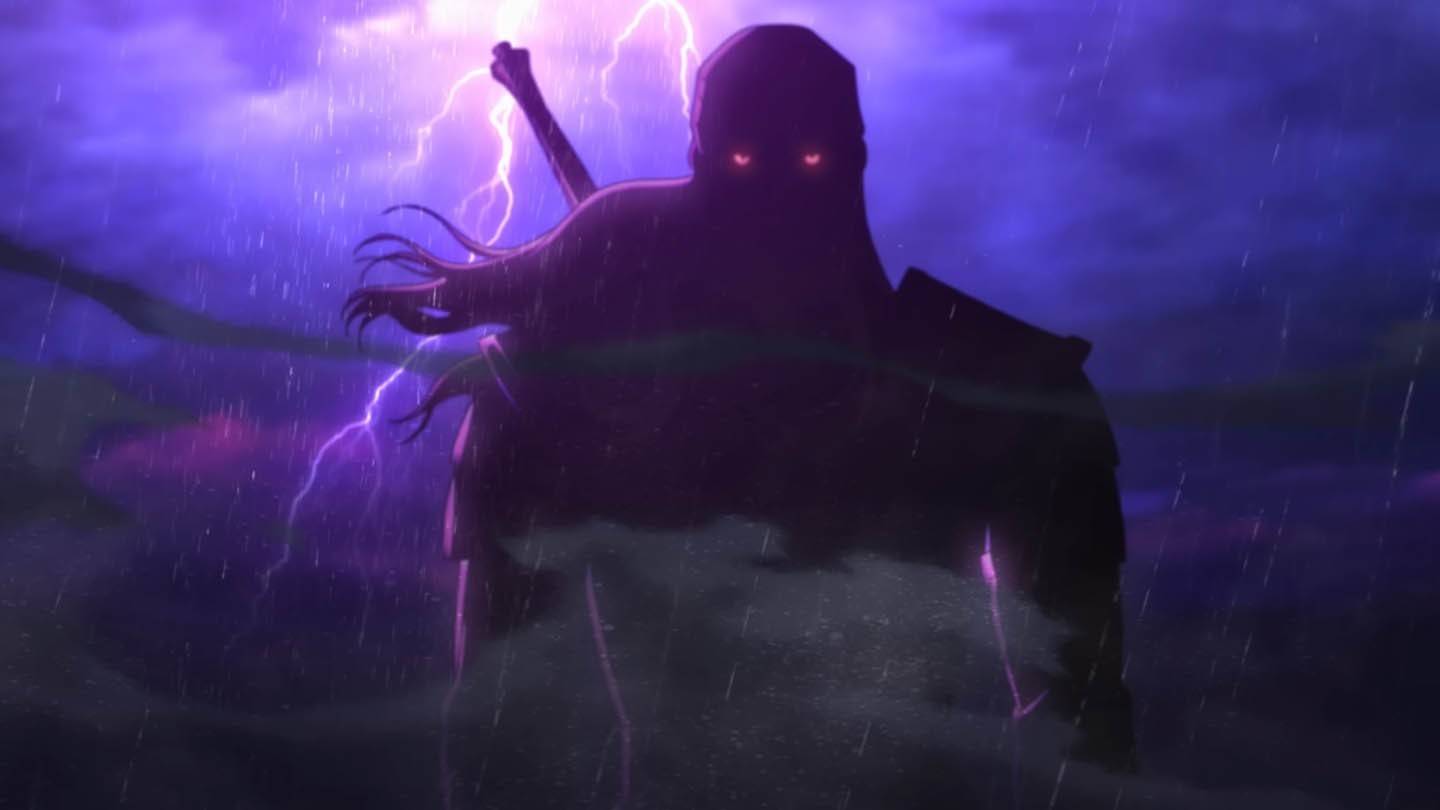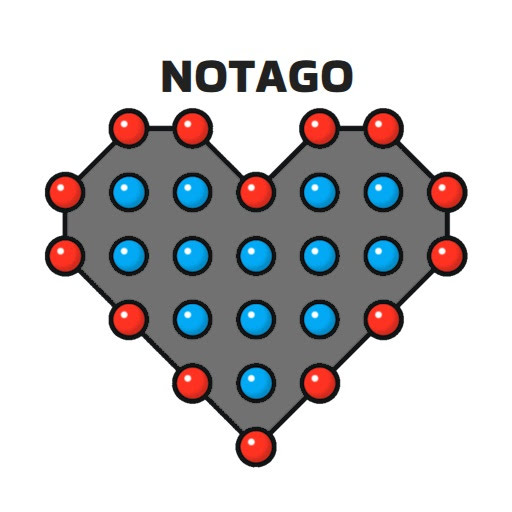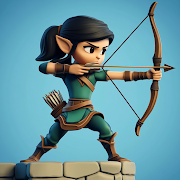Netflix has once again enriched the Witcher universe with the release of The Witcher: Sea of Sirens, a second animated spin-off that delves deeper into the adventures of Geralt of Rivia and his companions. Set in a coastal kingdom where humans and merfolk collide, the film explores a tapestry of drama, action, and moral dilemmas against this unique backdrop.
While Sea of Sirens captivates with its visually stunning underwater sequences and dynamic combat scenes, its narrative leaves something to be desired, failing to capture the depth typically associated with Andrzej Sapkowski's original works.
What is The Witcher: Sea of Sirens About?
 Image: netflix.com
Image: netflix.com
The Witcher: Sea of Sirens is an adaptation of Sapkowski's short story "A Little Sacrifice" from his second book. Positioned between episodes 5 and 6 of the first season of Netflix’s live-action series, the film follows Geralt and Jaskier as they journey to the seaside duchy of Bremervoord. Their quest? To hunt a menacing sea monster preying on pearl divers. Along their path, they meet Eithne Daven, a poetess, and get drawn into the poignant love story between Prince Agloval and the mermaid Sh’eenaz.
While the film remains faithful to some aspects of the original tale, it takes creative liberties in others. For example, Agloval is portrayed as a young prince rather than a stingy duke, and his relationship with Sh’eenaz is depicted with a more romantic lens. Furthermore, the film introduces Lambert's backstory, detailing his childhood ties to Bremervoord and his friendship with Eithne, who once shielded him from bullies.
Art Style and Animation
 Image: netflix.com
Image: netflix.com
Studio Mir, the team behind The Witcher: Nightmare of the Wolf, brings their distinctive art style to Sea of Sirens. The animation truly shines in the underwater scenes, where the merfolk are designed with intricate details that blend aquatic elements with dryad-like aesthetics, distinguishing them from typical fantasy portrayals.
These characters speak a unique dialect of Elder Speech, highlighting their cultural distinction from humans and enriching their forbidden romance with Agloval. However, while the visuals are impressive, some character designs feel less consistent when compared to the live-action series. Geralt, voiced by Doug Cockle, retains his rugged charm, but other characters like Eithne lack the allure described in the source material.
Action Sequences: Visually Impressive but Flawed
 Image: netflix.com
Image: netflix.com
One of the highlights of Sea of Sirens is its action-packed sequences. Geralt's battles are filled with energy, featuring clashing swords, acrobatic maneuvers, and dazzling signs. Yet, these scenes often prioritize visual flair over substance.
Geralt's combat lacks the strategic depth fans expect; he uses signs haphazardly, drinks potions mid-fight without context, and performs moves that defy logic. This portrayal reduces one of the franchise's most iconic characters to a generic action hero, and the choreography leans more towards superhero tropes than the grounded realism associated with Geralt's fighting style. Despite these issues, the sheer intensity and brutality of the battles make them entertaining.
Storyline: A Mixed Bag
 Image: netflix.com
Image: netflix.com
Unfortunately, the narrative of Sea of Sirens struggles to meet the expectations set by the source material. The film tries to juggle themes of romantic tragedy, interspecies conflict, and Geralt's internal struggles but ultimately falls short. The plot relies on familiar clichés, such as an Ursula-inspired villain, and the tone shifts awkwardly at times, including a musical number that feels out of place.
Eithne's character arc is particularly disappointing. As a renowned bard and potential love interest for Geralt, she should have been a compelling figure. Yet, her song performance feels lackluster, failing to leverage Joey Batey's charisma. Geralt's moral dilemmas are also handled superficially, offering little insight into his deeper psyche.
Comparison to Previous Adaptations
 Image: netflix.com
Image: netflix.com
In comparison to Nightmare of the Wolf, Sea of Sirens falls short both narratively and thematically. While the former delivered an emotionally resonant origin story for Vesemir, the latter feels scattered and overly focused on spectacle. Nonetheless, the underwater sequences and vibrant animation give Sea of Sirens enough visual appeal to distinguish it from pure mediocrity.
Behind-the-Scenes Insights
 Image: netflix.com
Image: netflix.com
The creation of Sea of Sirens involved close collaboration between Netflix and Studio Mir. The production team faced the challenge of balancing fidelity to Sapkowski's writing with the demands of modern animation. Designing the merfolk was particularly challenging, requiring a blend of beauty and menace inspired by various mythologies, including Greek sirens and Slavic water spirits.
Fan Reactions and Criticism
 Image: netflix.com
Image: netflix.com
Fan reactions to Sea of Sirens have been mixed. Some appreciate the film's effort to explore lesser-known stories within the Witcher universe and its commitment to Sapkowski's vision. However, others have criticized the creative liberties taken with established characters, particularly Geralt's combat style and Eithne's underdeveloped role.
Future Prospects for Witcher Media
 Image: netflix.com
Image: netflix.com
With Sea of Sirens now part of the Witcher canon, the future of the franchise remains uncertain but promising. Will Netflix continue to explore side stories through animated films, or will it shift focus back to the main series? Given the success of previous adaptations, more content is likely on the horizon, with fans eagerly anticipating news about potential sequels or spin-offs centered on characters like Ciri or Triss Merigold.
Broader Implications for Fantasy Franchises
 Image: netflix.com
Image: netflix.com
The Witcher: Sea of Sirens reflects broader trends in adapting literary works for screen. The challenge of balancing artistic license with respect for the source material is ever-present, especially with beloved universes. Studios must navigate this carefully to avoid alienating long-time fans while drawing in new audiences. Sea of Sirens serves as both a triumph and a cautionary tale, illustrating what can be achieved and where pitfalls lie in bringing complex narratives to life.
By learning from its successes and shortcomings, creators can refine their approaches for future projects, aiming for richer storytelling and more authentic representations of cherished worlds. Whether through animation, live-action, or interactive media, the goal remains to honor the essence of the original while creatively pushing boundaries.
As the Witcher saga continues to evolve, it solidifies its place in popular culture, demonstrating that even imperfect adaptations contribute meaningfully to the larger tapestry of storytelling.
Should You Watch It?
 Image: netflix.com
Image: netflix.com
If you're a dedicated fan of The Witcher universe or intrigued by Studio Mir's take on Sapkowski's stories, Sea of Sirens might be worth your time. It offers faithful adaptations of certain elements from "A Little Sacrifice" and breathtaking underwater visuals that showcase moments of brilliance. However, those seeking a cohesive narrative or deeper character exploration may find themselves disappointed.
Ultimately, The Witcher: Sea of Sirens stands as a visually engaging yet narratively flawed addition to the Witcher lore. For casual viewers, it provides light entertainment, but hardcore fans might yearn for something more substantial.

 Latest Downloads
Latest Downloads
 Downlaod
Downlaod




 Top News
Top News








